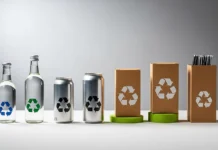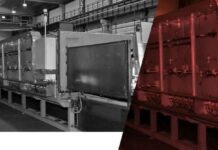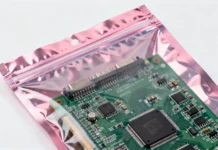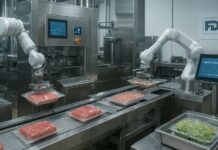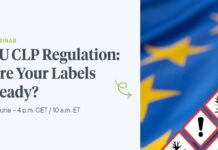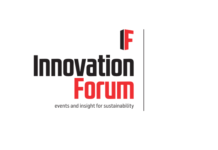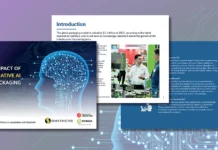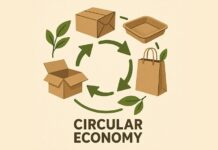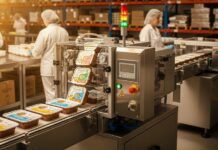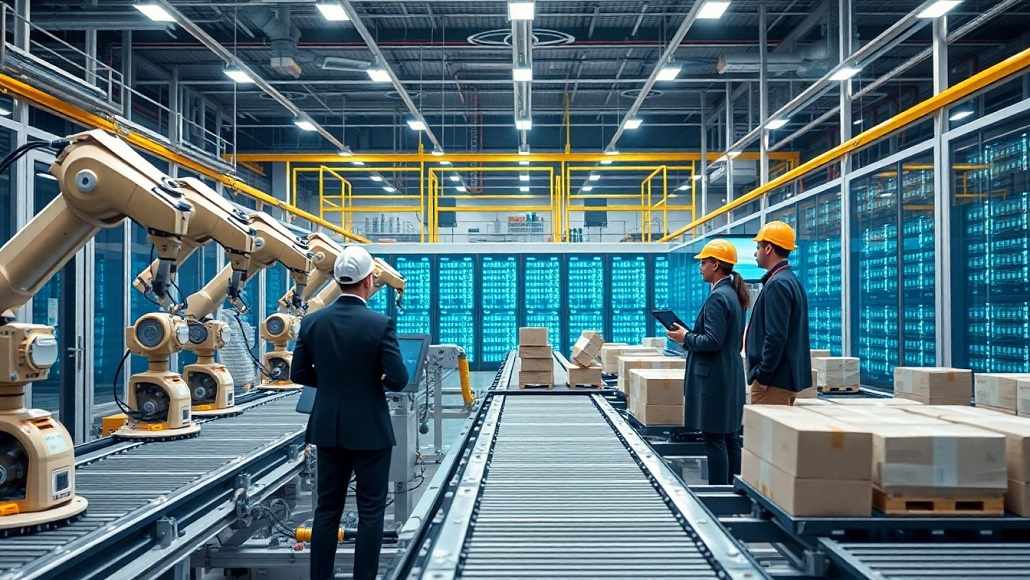The Three Mile Island reactor on March 28, 1979, partially melted down in the state of Pennsylvania. Going up only 20 miles away, the fear and confusion that this disaster created is indeed a fresh memory for many.
It is well to be noted that this was the most serious accident in the history of US commercial nuclear plants, and its aftermath went on to bring almost sweeping charges that involved emergency response planning, human factors, engineering, reactor operator training, protection from radiation, and many other nuclear power plant operations areas. The disaster is set to have caused the Nuclear Regulatory Commission (NRC) to tighten as well as heighten its regulatory oversight part. All of these changes went on to have a prominent effect on US reactor safety.
One can imagine the surprise that many would’ve had to learn that the Three Mile Island is said to open three years down the line in 2028.
This power plant has been shuttered for almost 50 years, marking a very important time when the relationship with nuclear power had been fraught. Now it is reopening in order to support the data centers of Microsoft, which are responsible in terms of powering the technological giant’s cloud computing as well as artificial intelligence programs. So when we talk in basic terms, Microsoft requires more energy in order to power its advances within AI since AI takes a lot of energy. The fact is that the growth of AI is going to lead to double or even more the global electricity demand for AI-relevant data centers.
New opportunities go on to bring new challenges
It is well to be noted that AI operates with a double-sided paradigm—on one hand, it goes on to drive the efficiencies as well as foster innovative solutions to environmental and social issues that are intricate. It also goes on to impose massive resource demands that happen to rival the energy consumption needs of the overall nation.
So, what are the pros as well as cons of AI use today, and how is AI in the packaging sector impacting it? What does the future of AI look like from a sustainability standpoint?
Let us review the numbers first. As per the future market insights, the market value when it comes to AI in the packaging sector is going to grow from the present almost 1.80 billion to $23.4 billion by 2034. This massive growth of AI is going to lead to a doubling or even more of global demand for data centers that are AI relevant.
Although the significant data center operators happen to be sourcing much of their energy that comes from renewables, the requirement for continuous power and even more of it is driven by the usage of AI, and it means that it is almost going to be impossible to phase out the fossil fuel-based generation in a complete way.
What is the AI environmental footprint?
It should not come as a surprise when we say that it takes enormous resources to run artificial intelligence in areas that include energy consumption, where AI models happen to be intricate and need massive power. Across greenhouse gas emissions, because the energy that is required for powering AI systems often goes on to lead to considerable GHG emissions, specifically if the energy gets sourced from nonrenewable power plants in terms of water consumption because for large data centers The infrastructure that is required in order to train as well as sell out advanced models happens to need cooling systems that consume massive amounts of water in order to sustain performance and also safeguard from overheating. The area of hardware as well as waste, which includes servers, CPUs, and other exclusive equipment, also happens to impact the environment.
Like it would happen in every industry, exploring as well as understanding the effect of AI in the packaging sector is a red-hot topic when it comes to today’s market. But how about learning what AI is actually doing right in packaging?
What is the positive impact of AI on the packing sector?
When we talk of the positive side, AI applications have in them five overarching elements of packaging:
Operational efficiency—This goes to include supply chain optimization, predictive maintenance, inventory management, and even quality control.
Labelling as well as design—Out-of-the-box designs, innovative packaging, labelling automation, and even smart packaging are included in it.
Customization when it comes to customer experience—features such as AI-powered sensors along with QR codes can go on to transform product unboxing into a distinct and impulsive as well as interactive experience.
Sustainability along with traceability—It is well to be noted that AI is indeed leading the charge when it comes to sustainability and waste technology by way of optimizing supply chains and at the same time decreasing the carbon footprint.
Customer support—AI-driven customer support like interactive voice response systems—not only elevates the customer interactions, but it also helps in fostering relationships with brands that are lasting.
Reality check—yes, indeed, all the advantages that are listed above sound appealing to businesses, but there also happen to lie certain prominent drawbacks to AI use in packaging. Let’s list out five of them.
The data security—AI feeds on data, which increases the data breach risk and unauthorized access too. This happens to include production processes, customer data for custom packaging companies, and product semantics.
High cost—This is specifically true in terms of upfront investment in software as well as equipment, which are unrealistic for smaller enterprises as well as new companies.
The legal non-compliance—it is well to be noted that the legal compliance has changed from nation to nation, and mistranslation of compliances happens to be a prominent risk.
Financial effect – Packaging non-compliance can go on to result in legal penalties from various industrial authorities.
Damage of reputation—imagine if the AI tool goes on to miss a required allergen on a label. One would not want to be known as a brand that has made such a prominent error and thereby had to go ahead with a large recall.
So how is AI factoring with brands in order to achieve at zero?
In spite of all the promise that AI holds for packaging, there are many companies that are yet to integrate it within their systems. AI is anticipated to revolutionize the packaging sector, but it is unlikely to replace human work. The fact is that most of the time, a human touch is still required. AI is most likely to automate technical tasks, whereas humans, on the other hand, will continue creating key packaging elements.
Reality check – As per a new Pew Research Center survey, over half of workers, i.e., 52%, worry about the future of AI use in their workplace, and more than 3 out of 10 think that it will lead to fewer jobs.
Although 36% of the workers are still hopeful about how AI can be used in the workplace, an almost similar share, which is 33%, says that they feel pretty overwhelmed by it. If you turn the first statistic on its head, does it really mean that 64% are not hopeful?
The packaging design designers’ experience when it comes to AI
The fact is that AI is getting used every day, however, in baby steps. One is using it in order to create an image in terms of a packaging concept. Whether that imagery happens to be the final one or is used just as a digital concept varies.
There is also a lot of leaning on AI in order to help troubleshoot issues and offer general support.
According to S&P Global, leaning into AI as a climate tool is among the top 10 sustainability objectives of 2025. But as it has been noted, the requirement to balance AI energy use against its utility as a climate tool is going to grow more urgent. As AI goes on to become more integrated throughout industries, the debate about its pros and cons with regard to sustainability is going to become more immediate. AI happens to have the potential to enhance energy efficiency as well as resource usage radically. It has gone on to become a major tool in terms of emissions, climate scenario analysis, and land use measurement.
As the companies, scientists, and policymakers discover how to make use of AI to progress in terms of climate goals, doing so may come at a cost of rising emissions. However, there are many people who are reviewing this issue and believe that AI is going to utilize itself well in order to enhance efficiencies and also make energy consumption seamless.
The fact is that fast-paced tech advancement is indeed scary, confusing, and a bit threatening too. However, at the core of all these advancements that have come, there is one truth – that we are humans, and we are creating something that is meant to help us to advance and better our livelihood.



